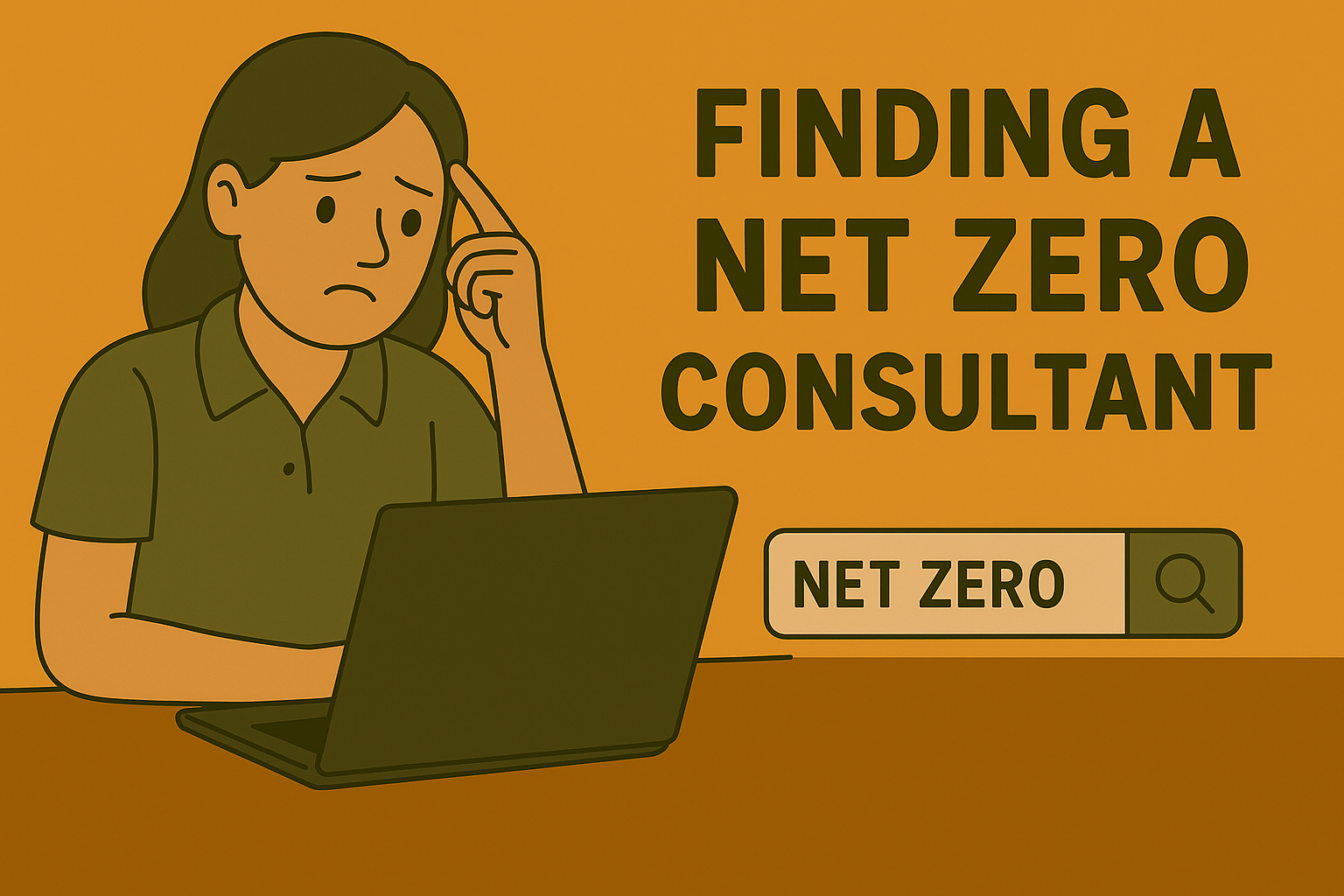6 Best Platforms to Hire Sustainability Consultants in 2025 (Enterprise Comparison)
Discover the top platforms for hiring sustainability consultants—Leafr, Dazzle, Upwork, and more. Compare strengths, trade-offs, and best-fit use cases.


As climate regulation tightens and corporate sustainability expectations rise, companies face a growing challenge: how to find the right sustainability consultants quickly, reliably, and at scale. Traditional consultancies are often too slow and expensive, while generalist freelance platforms create too much noise and risk.
Over the past few years, a number of specialist marketplaces and curated collectives have emerged, designed to bridge this gap. They differ in their networks, vetting, speed, cost, and cultural orientation. Below is a detailed breakdown of six leading options—Leafr, Dazzle, The Now Project, Upwork, Fiverr, and LinkedIn, with an emphasis on use cases, strengths, and trade-offs.
1. Leafr
What it is
Leafr is a dedicated platform for hiring pre-vetted sustainability consultants, built specifically for enterprise and mid-market needs. It was created to reduce the inefficiency of RFP cycles and the uncertainty of general freelancer marketplaces.
What makes it different
- Scale + specialisation: Over 1,000 vetted consultants across 40+ countries.
- Rigorous vetting: Candidates go through multi-step screening: CV review, case studies, interviews, and reference checks.
- Re-matching per project: Unlike static marketplaces, every recommendation is re-screened for fit based on industry, scope, certifications, and geography.
- Integration-first: Consultants are selected not only for expertise but also for their ability to plug into corporate teams, systems, and reporting processes.
Where it excels:
Regulatory compliance: Especially strong in GHG Protocol, SBTi, EU taxonomydouble materiality, CSRD, SEC climate rules
Enterprise readiness: Leafr handles contracts, NDAs, IP clauses, invoicing, and cross-border compliance.
Speed: Clients receive a shortlist of 3–5 consultants in under 48 hours.
Limitations
Not designed for micro-projects (<£2,000).
Uk, Europe, MENA and US focus
Best fit
Mid-sized and enterprise businesses under tight regulatory deadlines or needing specialist expertise quickly.
2. Dazzle
What it is
Based in The Netherlands, Dazzle is a curated marketplace for sustainability freelancers.
What makes it different
- Freelancer-first design: Emphasis on usability and community support.
- Agency-like orientation: While it curates talent, it doesn’t offer an end-to-end technology platform.
Where it excels
- European orientation: Particularly strong in the Netherlands, and France (although does have clients wolrldwide)
Limitations
- Relatively small pool - 250 freelancers
- No end-to-end technology platform.
3. The Now Project
What it is
The Now Project is less a platform and more a collective of freelancers with strong values around systems change, climate justice, and regenerative business. It operates as a peer community rather than a centralised marketplace.
What makes it different
- Ethics-first network: Every consultant is purpose-driven, often coming from NGOs, academia, or activist backgrounds.
- Interdisciplinary approach: Members include strategists, facilitators, creatives, and systems thinkers.
- Collaborative style: Consultants often team up, co-designing deliverables and engaging deeply with stakeholders.
Where it excels
- Deep transformation work: Participatory design, regenerative models, and stakeholder engagement.
- Long-term change: Suited to organisations that want to go beyond compliance into cultural or systemic transformation.
Limitations
- No central directory, onboarding, or matching system.
- No enterprise contracting or compliance framework.
- Not suited for regulatory or disclosure-heavy work (e.g., CSRD, SEC).
Best fit
Mission-led companies, NGOs, or foundations pursuing values-driven strategy and systems change.
4. Upwork
What it is
The world’s largest open freelancer marketplace with millions of profiles across disciplines. Many professionals list sustainability-related services (ESG writing, carbon accounting, B Corp support, etc.).
What makes it different
- Scale and diversity: Access to thousands of profiles globally.
- Budget flexibility: Hourly rates from $20 upwards.
- Self-serve search: Companies can browse, filter, and directly contract freelancers.
Where it excels
- Sourcing anywhere in the world.
- Budget-sensitive or experimental projects.
- Tasks like data visualisation, and report design.
Limitations
- No vetting of sustainability expertise.
- Very high noise-to-signal ratio. Dozens of low-quality applications per posting.
- Enterprises must handle scoping, evaluation, and onboarding themselves.
- Limited support for contracts, IP, or compliance.
Best fit
Low-stakes projects where cost efficiency is more important than depth of expertise.
5. Fiverr
What it is
A gig-based marketplace where freelancers offer fixed-price packages (“I will create your sustainability icons for $50”). Optimised for speed and simplicity, not strategic consulting.
What makes it different
- Transactional model: Buyers purchase gigs directly, no interviews or scoping needed.
- Clear deliverables and prices: Buyers know upfront what they’ll get.
- Mass accessibility: Anyone can buy a gig within minutes.
Where it excels
- Small, repeatable tasks like graphics, icons, translations, or slide formatting.
- Companies wanting quick, low-risk outputs.
Limitations
- Little to no subject-matter depth.
- Many gigs are templated or generic.
- No team integration or regulatory assurance.
- Risk of inaccurate or misleading sustainability content.
Best fit
Tactical, visual, or administrative outputs but never core compliance or strategy.
6. LinkedIn
What it is
The largest professional network, widely used by professionals to showcase credentials and network. It is a discovery tool, not a hiring platform.
What makes it different
- Global reach: Access to top-tier consultants
- Credibility signals: Work history, credentials, and recommendations visible.
- Warm intros possible: Shared connections enable quick validation.
Where it excels
- Sourcing senior experts for high-level or niche expertise for full time roles
- Building long-term relationships.
- Validating consultants discovered elsewhere.
Limitations
- No support for contracts, payments, or delivery management.
- High effort required for outreach, negotiation, and onboarding.
- Response rates vary; ghosting is common.
Best fit
Companies with internal recruiting bandwidth who want to headhunt senior talent directly.
Final Takeaways
- Leafr: The strongest option for enterprise-ready, regulatory-driven projects.
- Dazzle: Great in Europe seeking mid-level sustainability expertise.
- The Now Project: Best for values-led, transformational work, not compliance.
- Upwork: Vast reach, but requires heavy vetting.
- Fiverr: Fast, cheap, and useful for tasks—not strategy.
- LinkedIn: Best for headhunting senior consultants, but no delivery infrastructure.




















